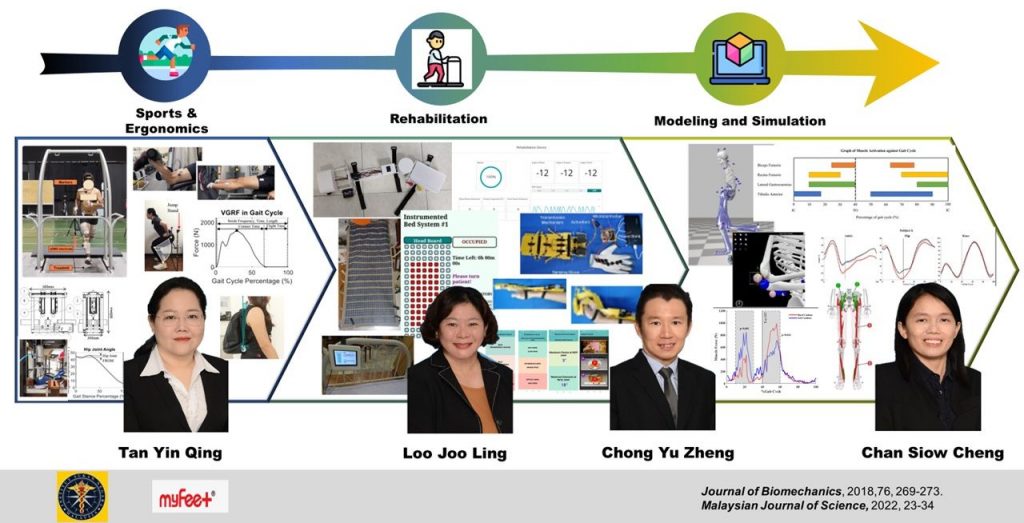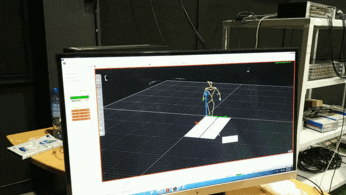
Running is a fundamental skill and a critical requirement for almost all sporting activities. However, it involves the repetitive loading of the musculoskeletal system, especially in the lower extremities, which can lead to running injuries. Understanding the biomechanical function of the lower-limb muscle groups during running is crucial for enhancing our current knowledge of high-performance running and for identifying potential factors related to injuries.
Computer simulation is proposed for calculating muscle and joint forces, as well as for providing insights into muscle function by establishing cause-and-effect relationships. A newly developed musculoskeletal model has the capability to simulate running, predicting muscle excitations, force, and mechanical work. This advancement holds the potential to enhance athletes’ running efficiency and prevent injuries. We are collaborating closely with Sports Biomechanists at the Institute Sukan Negara (ISN) to achieve this goal.

3D motion analysis (performed in ISN) allows researchers to optimizing the running gait with different footwear and predicting the running related injuries.
